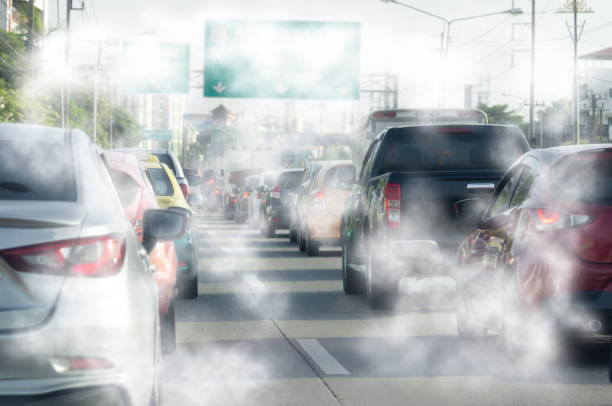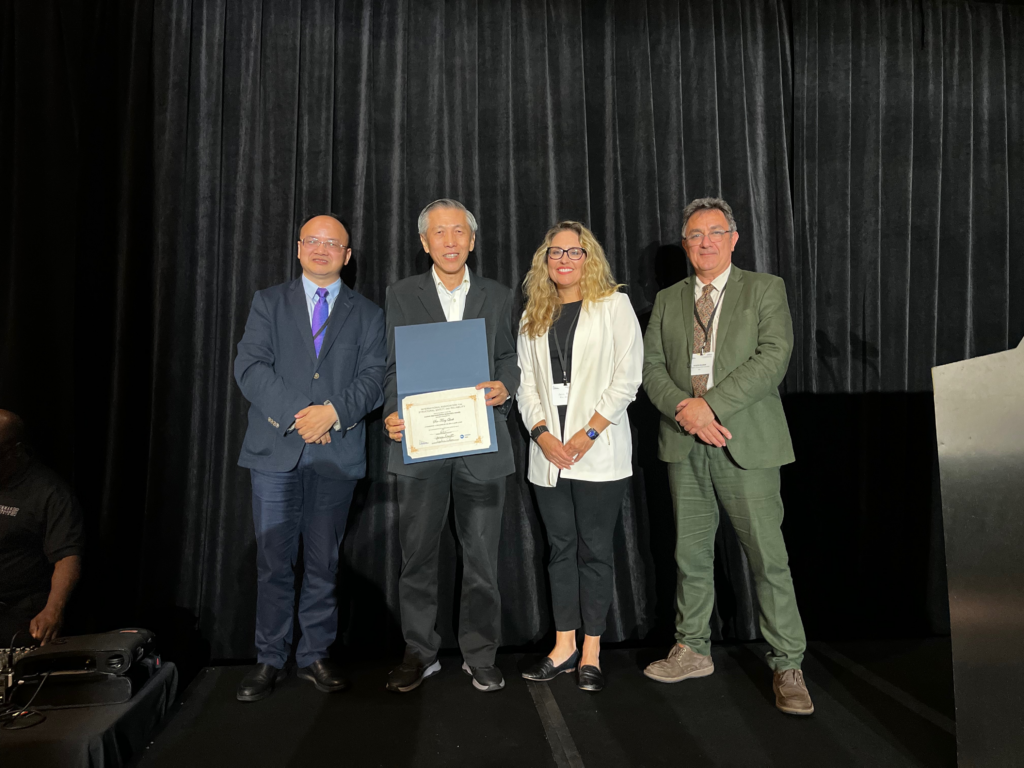Prof Rajasekhar Balasubramanian provided his insights for an article published by the New York Times. He mentioned that particulate matter (PM) produced from wildfires linger in the smoke, eventually turning toxic upon mixing with emissions from the urban areas.
The article highlighted that “99 percent of the world’s population lived in places that did not meet its guidelines for healthy air quality. The effects of air pollution are associated with about 6.7 million annual deaths worldwide, mostly in low- and middle-income countries.”
Individuals living in the affected countries have been accustomed to the hazardous air after being exposed to it daily. This chronic air pollution causes both short and long-term health implications such as congestion and liver damage respectively.
Is it possible for the environment and air to recover? During the pandemic, it has been shown that air quality can be improved gradually through lowering emissions from urban areas.
Read on here to find out more.





